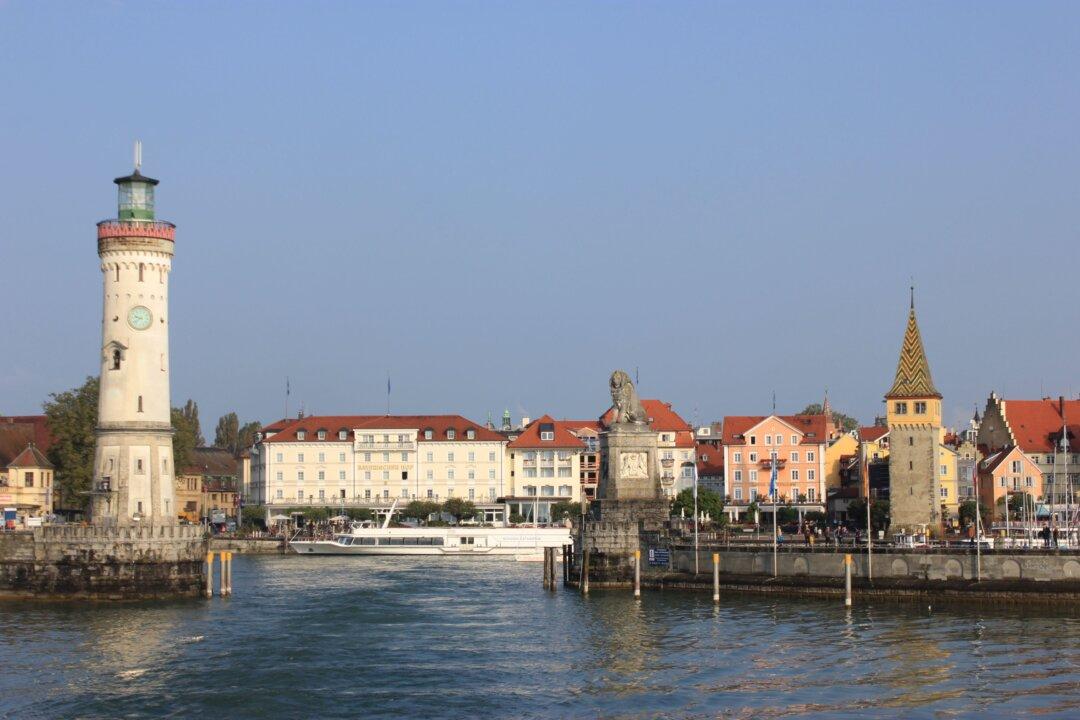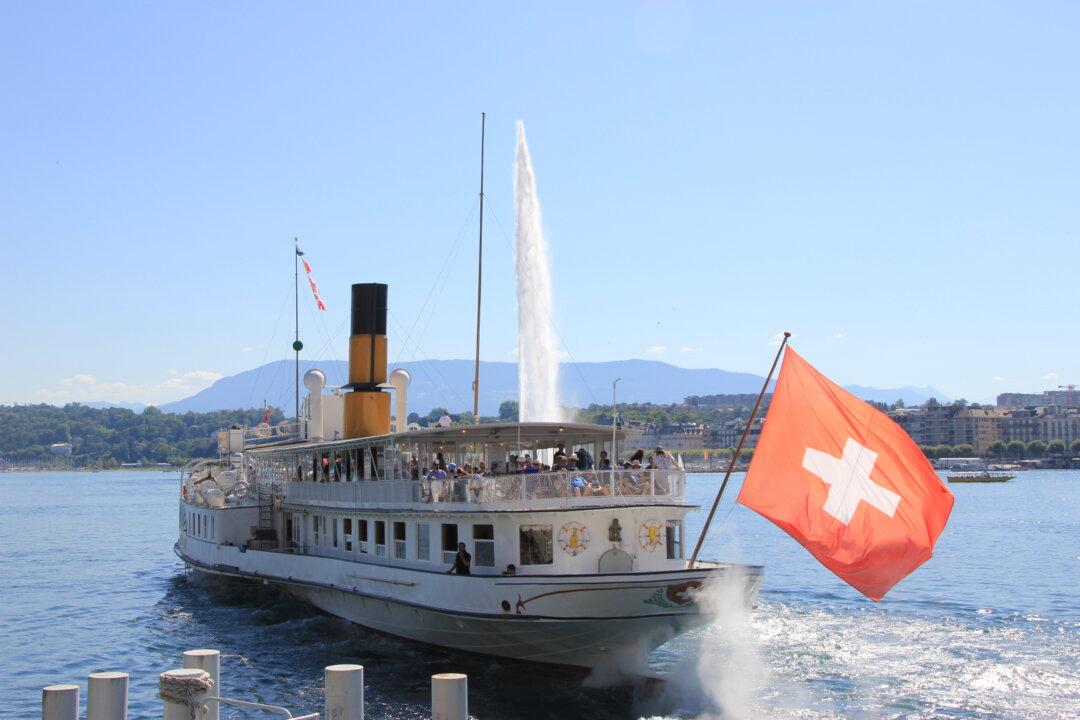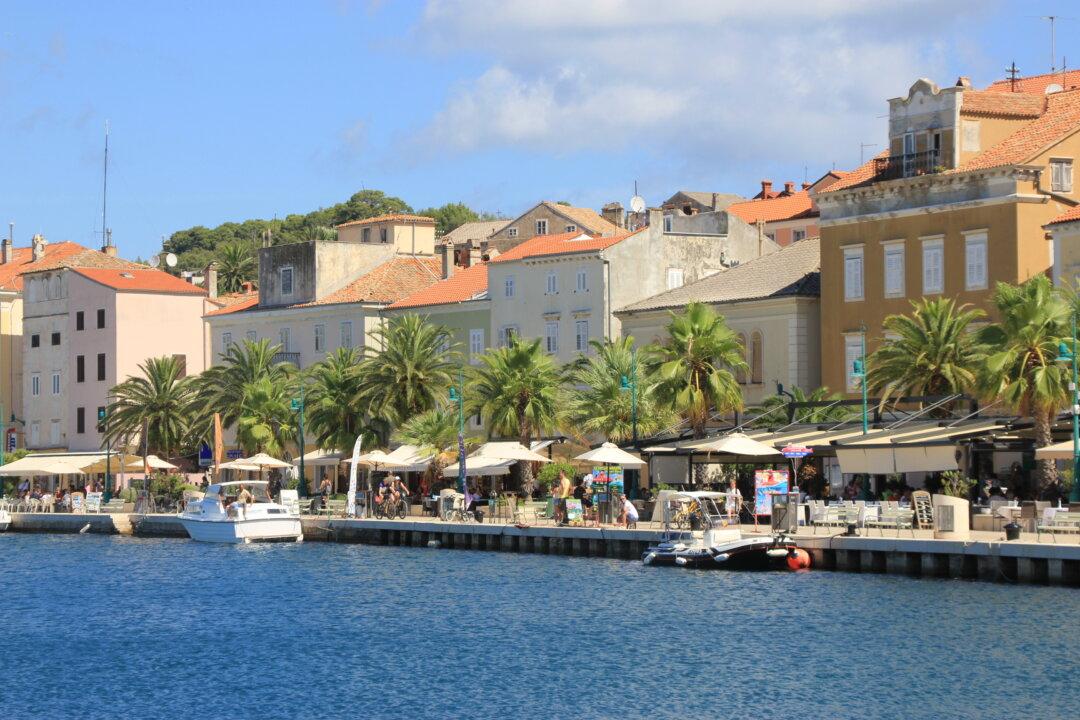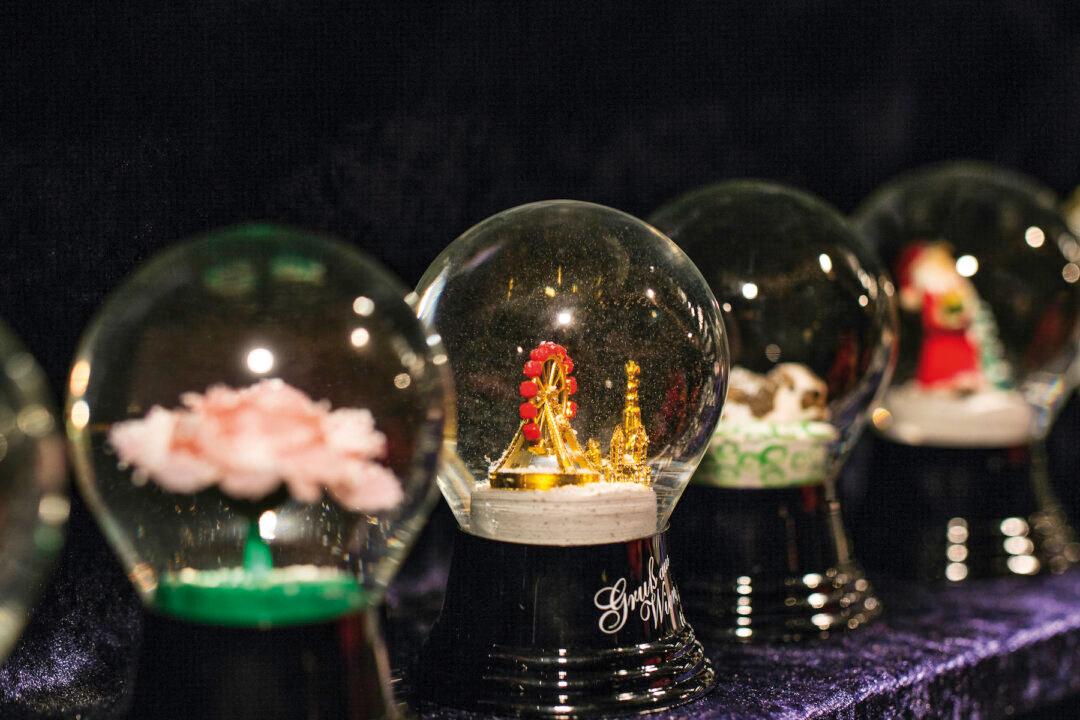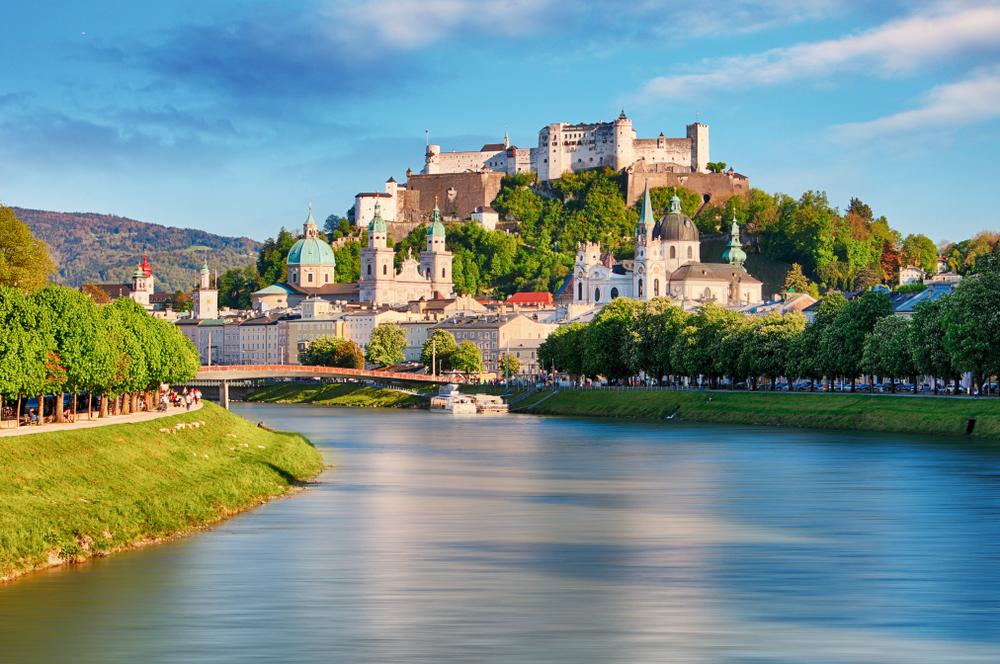Lindau
Lindau might not be well known to people living outside of Europe, but in Germany it is quite a tourist attraction and had been on my travel bucket list for years.The exceptionally well-preserved medieval town is located on a small island on the northern edge of Lake Constance, Germany’s largest freshwater lake. Its century-old buildings, narrow cobble-stoned alleyways, and historical squares charm hundreds of thousands of visitors each year.

